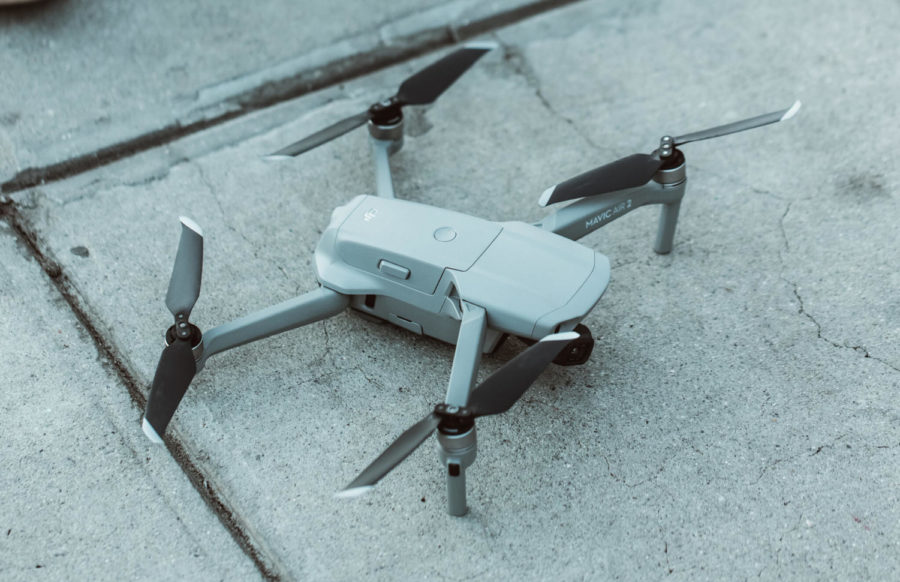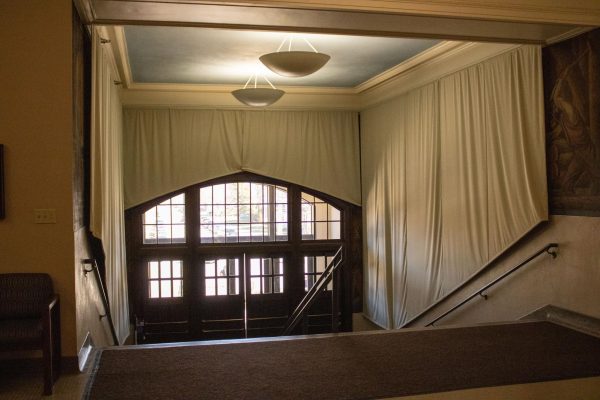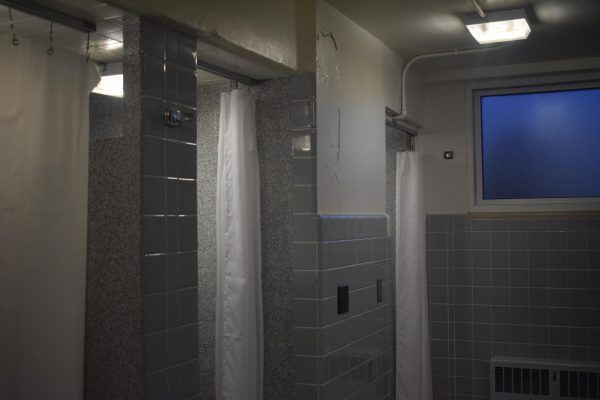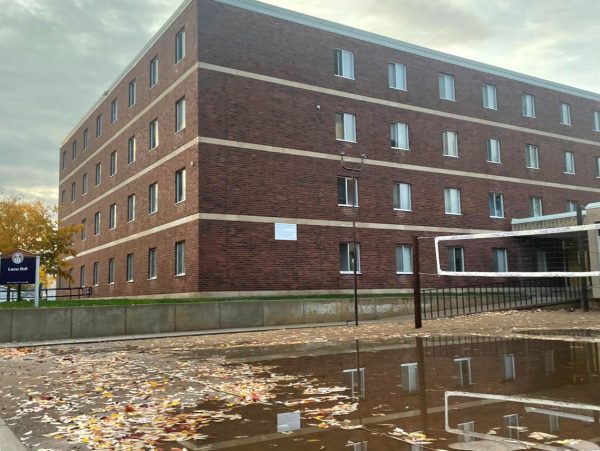Winona County Sheriff’s dept. gives drone policy update
The Winona County Sheriff’s department recently acquired several more drones, causing some contention among the community and particularly with the community group, Community Not Cages. Pictured is one of the department’s drones.
March 17, 2021
Winona County Sheriff’s department gave an update on their existing small unmanned aircraft systems (sUAS) policy at the Winona County board meeting on March 9 at 9 a.m.
Sheriff Ron Ganrude and Chief Deputy Jeff Mueller addressed the County board after concerns were raised regarding the sUAS program at a previous Jan. 26 public hearing.
During the ten-minute address to the County board, Ganrude and Mueller expressed thanks to citizens that contacted the department and commented on the sUAS program.
Ganrude and Mueller noted that no significant changes were made to the existing sUAS policy.
No citizens commented on the policy during the public comment.
The topic of controversy regarding the sUAS policy surrounded the Sheriff department’s Forward Looking Infrared (FLIR) drone.
Mueller reiterated his statement from the public comment session on March 9, saying that the FLIR drone’s capabilities were not like that of more expensive drones that can look through walls and focus in on heat signatures.
At best, FLIR drones are capable of locating heat signatures in lightly wooded areas, Mueller said.
However, a Winona Daily News crime briefing from June 2018 mentioned the use of a FLIR drone to determine the contents of a backpack located near a “railroad bed near Sycamore and Main street in La Crescent,” suggesting the department’s thermal imaging drones can do more than just peer through light brush.
Whether or not the Sheriff’s department would pursue more technologically advanced sUAS in the future would largely depend on availability of funds that exceed what is currently included in the budget.
“You know it depends, it’s really a cost-based thing. The drone we have has capabilities but it’s such a low quality to a certain extent due to the dollars. Would we ever get a drone that sees through walls? I would say it’s never off the table, but the cost makes it so prohibitable,” Mueller said.
Mueller said the Sheriff department’s sUAS is primarily intended for search and rescue operations.
Recently, the Sheriff department’s FLIR drone was used to locate a suspect during a domestic violence case, in which they were able to locate the suspect’s heat signature in a wooded area.
Search and rescue purposes is one of the six intended uses for the sUAS program, which include: situational awareness, tactical deployment, visual perspective, scene documentation and natural or man-made disaster, with each category providing broad summarizations.
Mueller said the Sheriff’s department will never “find reasons to use” sUAS in case of an absence of active cases and will operate by “what’s allowed under the law.”
Sharing of sUAS is allowed under Minnesota law, which Mueller said can occur when other law enforcement agencies require assistance.
Regarding the future of aerial patrol surveillance, Mueller said, “I don’t know, kind of like flying cars, perhaps it may be a possibility one day. Don’t believe it’ll be something anytime soon that will be employed or at least not in the foreseeable future. Haven’t thought that far ahead. It’s very restrictive within the statute what we can do with the drones.”
While sUAS policy does have restrictions regarding the usage of drones, some existing statutes that are used for basic police procedure can be applied to aerial technology.
Mueller said reasonable suspicion applies to sUAS.
Reasonable suspicion is defined under Minnesota statute 626.19 use of unmanned aerial vehicles (UAV), subdivision three, section six, as “to collect information from a public area if there is reasonable suspicion of criminal activity.”
Wesley Holm is a Winona State University alum, who graduated with a bachelor’s in psychology and is also a member of Community Not Cages, a local issue group that raises concerns over law enforcement decisions such as the sUAS program.
Holm said he is deeply troubled by what would be considered as “criminal activity” under the existing Minnesota UAV statute.
Regarding the Sheriff’s department decision to leave the sUAS policy unchanged, Holm said he was “very surprised with the fact that the Sheriff’s office did absolutely nothing and spoke for all about ten minutes. They said they hear the public, but they aren’t changing anything. I think that was disappointing.”
Holm said he was disappointed there were not any citizens in attendance at the board meeting on March 9 but believed communication was not directed clearly to the general public regarding when the Sheriff’s department would return for an update on their sUAS policy.
“This wasn’t the formal public hearing, so I think it was missed by residents. I think a lot of people would be disappointed that no changes were made,” Holm said.
Community Not Cages is primarily concerned with what the drone can do, rather than the usage of drones.
“The issue is that it [sUAS] can surveil and it can see things that are hidden. I think it’s one thing if they exclusively plan to use that for law enforcement purposes but it’s another if they can only use that for grey purposes,” Holm said.
Those “gray purposes” Holm refers to is the lack, or non-requirement, of a warrant needed to operate sUAS under certain circumstances.
Holm said Community Not Cages will continue to raise awareness surrounding local decisions such as the sUAS program.
“We believe students have been previously sidelined by decisions at the county level and think it’s wrong because students are tax-payers as well. Students should have a say,” Holm said. “The biggest thing the community can do is make their concerns very, very known.”
Holm encourages Winona County residents to contact their elected representatives on the board and City Council to express their concerns over decisions that affect their daily life.





































































